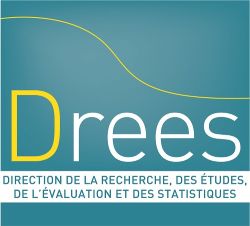In metropolitan France, young children from richest and poorest households are most exposed to air pollution caused by fine particulate matter (PM 2.5). Households with the highest standard of living tend to live in large urban areas, which are often more polluted, and households with the lowest standard of living tend to live in the most polluted municipalities in these areas.

Beyond differences in exposure, however, there are large disparities in vulnerability to air pollution. Children from the poorest households have worse overall health at birth than those from the richest households. In terms of health care use related to respiratory diseases, over the period 2008-2017, about 28,000 children of each generation were hospitalised for bronchiolitis in emergency before the age of 2 and 11,000 for asthma before the age of 3.

Reducing average annual exposure to the main air pollutants by about 1% before the age of one, which means, for example, that children would be spared an important increase in exposure to these pollutants for two weeks, around 2,000 cases of emergency hospitalisation for bronchiolitis, 1,800 cases of emergency hospitalisation for asthma and 6,100 children treated with anti-asthma medication would be avoided. The impact of air pollution masks major disparities: 10% of children concentrate most of the statistically detectable effects of an increase in exposure before their first birthday, and are therefore the most affected. These children are characterised by a number of risk factors, such as prematurity, but also by a lower standard of living: among these most affected children, the poorest tenth are 1.6 times more represented than the wealthiest tenth.
